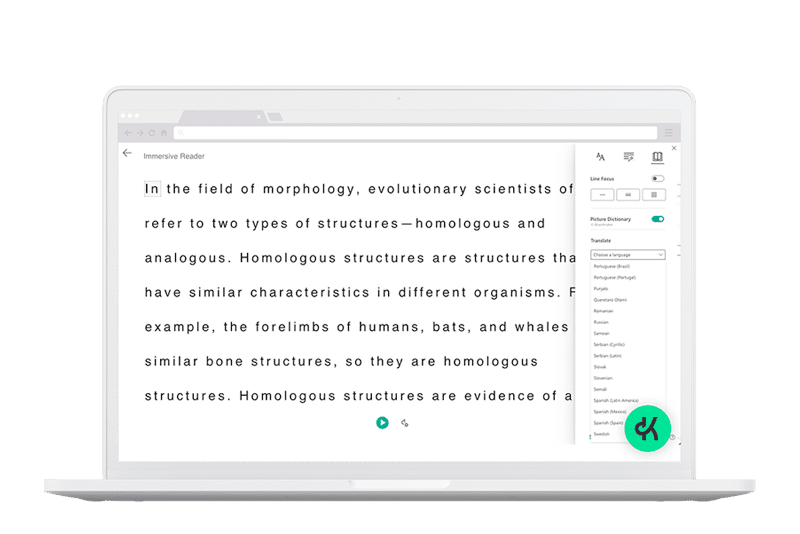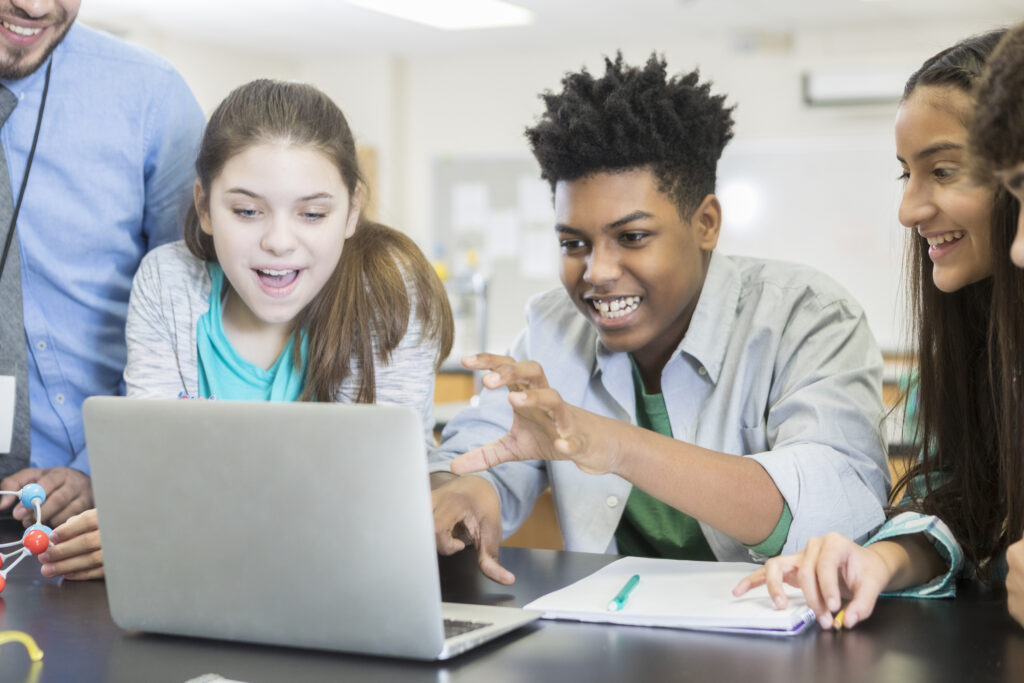Strategies for Celebrating Neurodiversity in the Classroom
Neurodiversity encompasses a range of differences in individual brain functions and behavioral traits – ADHD, autism, and dyslexia being common examples. As educators, we have an opportunity to embrace the idea that everyone processes information and experiences the world uniquely, adding richness to our collective human experience. Celebrating neurodiversity in the classroom means creating an environment where every student feels valued and supported.
Here are seven strategies to help teachers and school leaders foster such an inclusive learning environment.
1. Establish a Supportive and Caring Environment
Creating a welcoming classroom atmosphere starts with small steps. Greeting students at the door, sharing the day’s agenda, maintaining a predictable routine…. these practices all help students feel secure and prepared for learning. A supportive environment is crucial for neurodivergent students, who may thrive on consistency and clear expectations. This foundation of empathy and understanding sets the stage for deeper engagement and academic success.
In addition, consider establishing a quiet corner or a sensory-friendly space where students can take a break if they feel overwhelmed. Encourage the use of calming tools such as stress balls, noise-canceling headphones, or weighted blankets. By acknowledging and addressing the sensory needs of neurodivergent students, you create a classroom environment that is not only supportive but also responsive to their unique needs.
2. Deploy Engaging Instructional Methods
Engagement is key to effective learning, especially in diverse classrooms. Use storytelling and real-world connections to make lessons come alive. For example, teaching through storylines driven by student questions can enhance understanding and retention. This method allows students to feel more of a sense of ownership over their learning journey. When students see how topics relate to their lives, they become more motivated to learn.
Incorporate multimedia resources like videos, podcasts, and interactive simulations to cater to different learning preferences. These tools can help break down complex concepts into more digestible pieces and maintain student interest. Group projects and hands-on activities also encourage collaboration and active participation, making learning more dynamic and inclusive for neurodivergent learners.
3. Encourage Inquiry and Problem-Solving
Promote critical thinking by encouraging students to investigate their own ideas and come up with solutions to problems for themselves. This approach values every student’s input, making differences in abilities a strength rather than a challenge. Teachers act as facilitators, guiding students while being aware of their unique strengths and weaknesses. By fostering a classroom culture that values inquiry and problem-solving, you create an inclusive environment where all students can shine.
Provide ample opportunities for students to engage in open-ended projects that allow for creativity and exploration. Encourage them to ask questions, hypothesize, and test their ideas in a safe and supportive setting. This method not only builds critical thinking skills but also empowers neurodivergent students to take risks and develop confidence in their abilities.
4. Differentiate with Intention
Differentiation means tailoring teaching strategies to meet diverse learning needs without lowering academic standards. Provide multiple pathways to learning by offering various ways to access and engage with the material. For example, use visual aids, hands-on activities, and technology to present information. Differentiation should focus on the process, not just the content, giving students the agency to choose methods that best suit their needs. This intentional approach ensures that all students, including neurodivergent learners, can achieve their full potential.
Consider implementing flexible seating arrangements that allow students to choose where and how they learn best. Some students may prefer traditional desks, while others might benefit from standing desks, exercise balls, or floor seating. By offering choices in seating, you empower students to take control of their learning environment and optimize their focus and comfort.
5. Make the Most of Repetition
Repeat information in different formats and contexts to reinforce understanding. For example, employ frequent “Do Now” activities, interactive elements, and kinesthetic learning opportunities. Research indicates that multiple exposures to foundational skills are essential for effective learning. By offering varied practice methods, you can accommodate different needs and help students master the material.
Incorporate gamification techniques to make practice sessions more engaging and enjoyable. Use educational games, quizzes, and challenges to reinforce concepts and encourage friendly competition. This approach can be particularly beneficial for neurodivergent students who might find traditional practice methods monotonous or stressful.
6. Encourage Open Discussion
Discussing neurodiversity openly helps reduce stigma and fosters a culture of acceptance. Create opportunities for students to share their experiences and reflect on their differences. This can be done through structured activities, like games or class discussions, where students can express how they are similar and different from their peers. By normalizing conversations about neurodiversity, you help students develop empathy and understanding, creating a more inclusive classroom environment.
Invite guest speakers, such as neurodivergent individuals or advocates, to share their experiences and insights with the class. This can provide valuable perspectives and help students understand the real-world implications of neurodiversity. Encourage students to ask questions and engage in meaningful dialogue, further promoting a culture of acceptance and inclusion.
7. Vary your Assessment Strategies
Use a range of assessment methods to allow students to demonstrate their knowledge and skills in ways that suit them best. Offer informal assessments, such as quizzes and class discussions, alongside formal exams. Provide constant and actionable feedback to guide students toward their goals. Encourage self-assessment and reflection to help students take ownership of their learning progress. Collaborate with colleagues and communicate with parents to support each student’s growth. Varied assessment strategies ensure that all students, including neurodivergent students, can showcase their strengths and achievements.
Consider using portfolios to track student progress over time. This method allows students to compile their work and reflect on their growth and achievements. Portfolios can include a variety of artifacts, such as written assignments, projects, and self-assessments, providing a comprehensive picture of each student’s learning journey.

Discover Kognity's digital tools for language support
Support diverse learning needs with Kognity’s Integrated Reading Assistance.
Empower All of your Students to Thrive
Embracing neurodiversity in the classroom enriches the learning experience for everyone. By implementing these seven tips, teachers can create inclusive environments where all students, including neurodivergent learners, feel valued and capable of success. This approach not only enhances individual learning experiences but also strengthens the entire classroom community. When we recognize and celebrate neurodiversity, we pave the way for all students to thrive, making our schools vibrant places of discovery and growth.
Creating a classroom culture that celebrates neurodiversity involves continuous learning and adaptation. Teachers and school leaders must remain open to new strategies and feedback, always striving to improve their practices. By fostering empathy, engagement, and understanding, we can build a more inclusive and innovative educational landscape where every student has the opportunity to succeed.
Blog articles Guides


